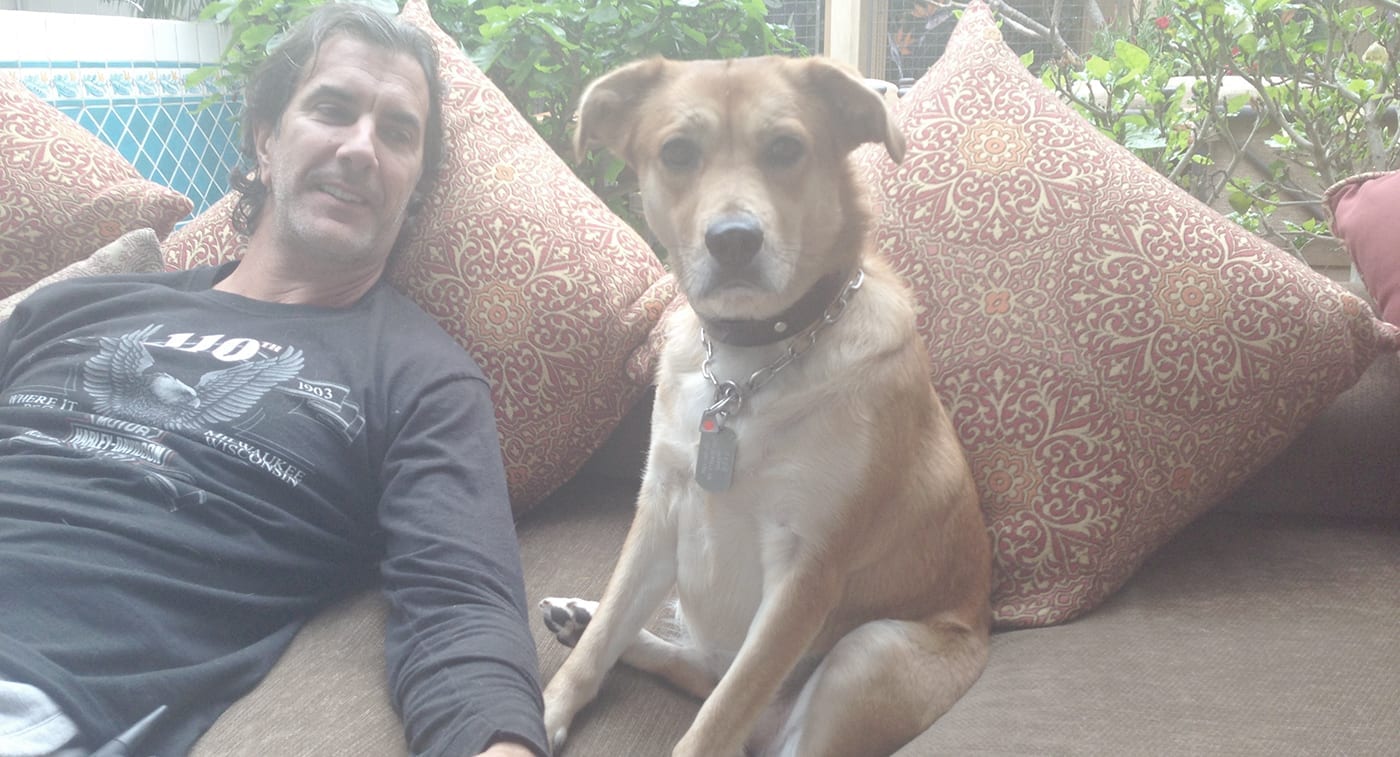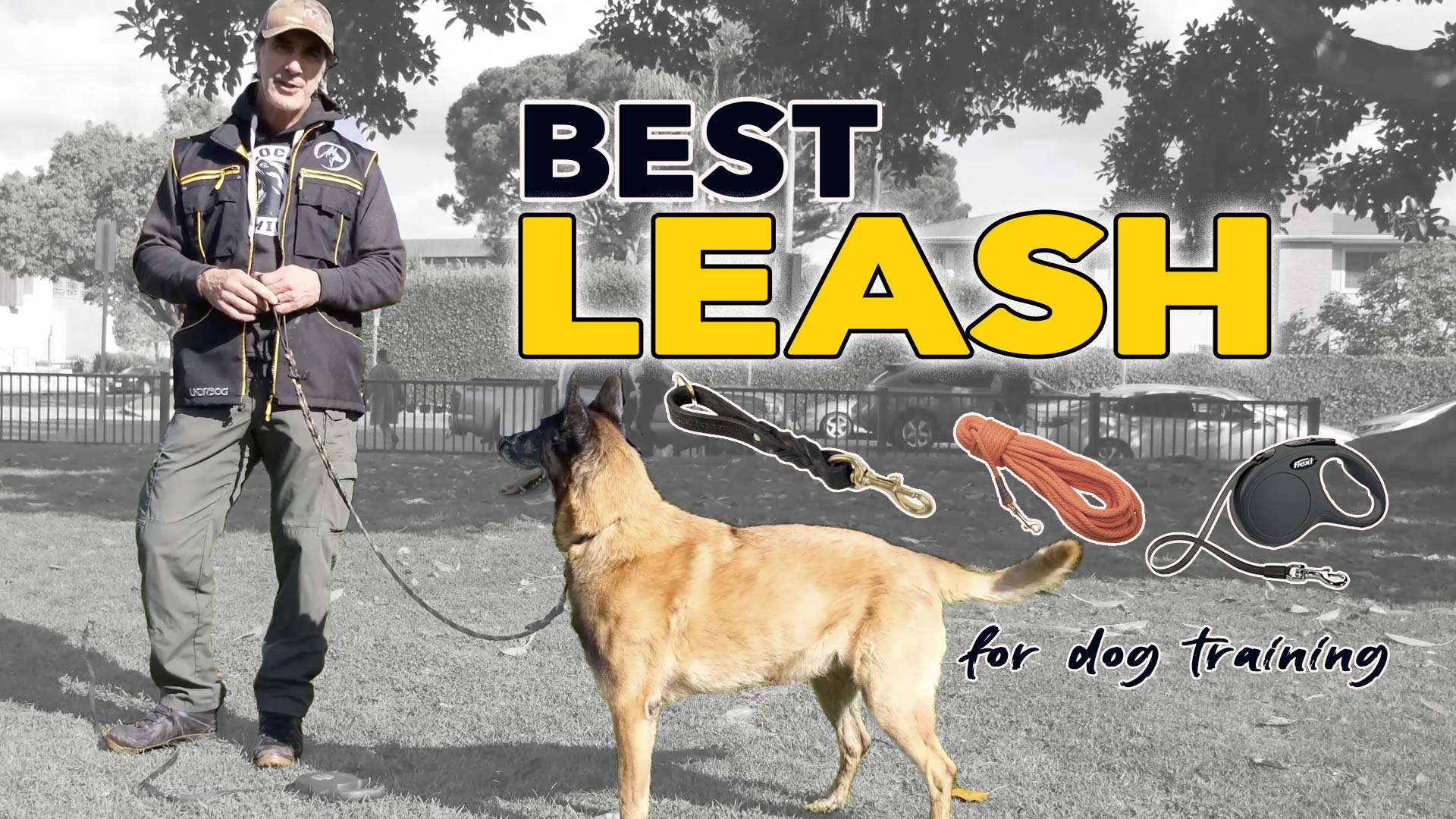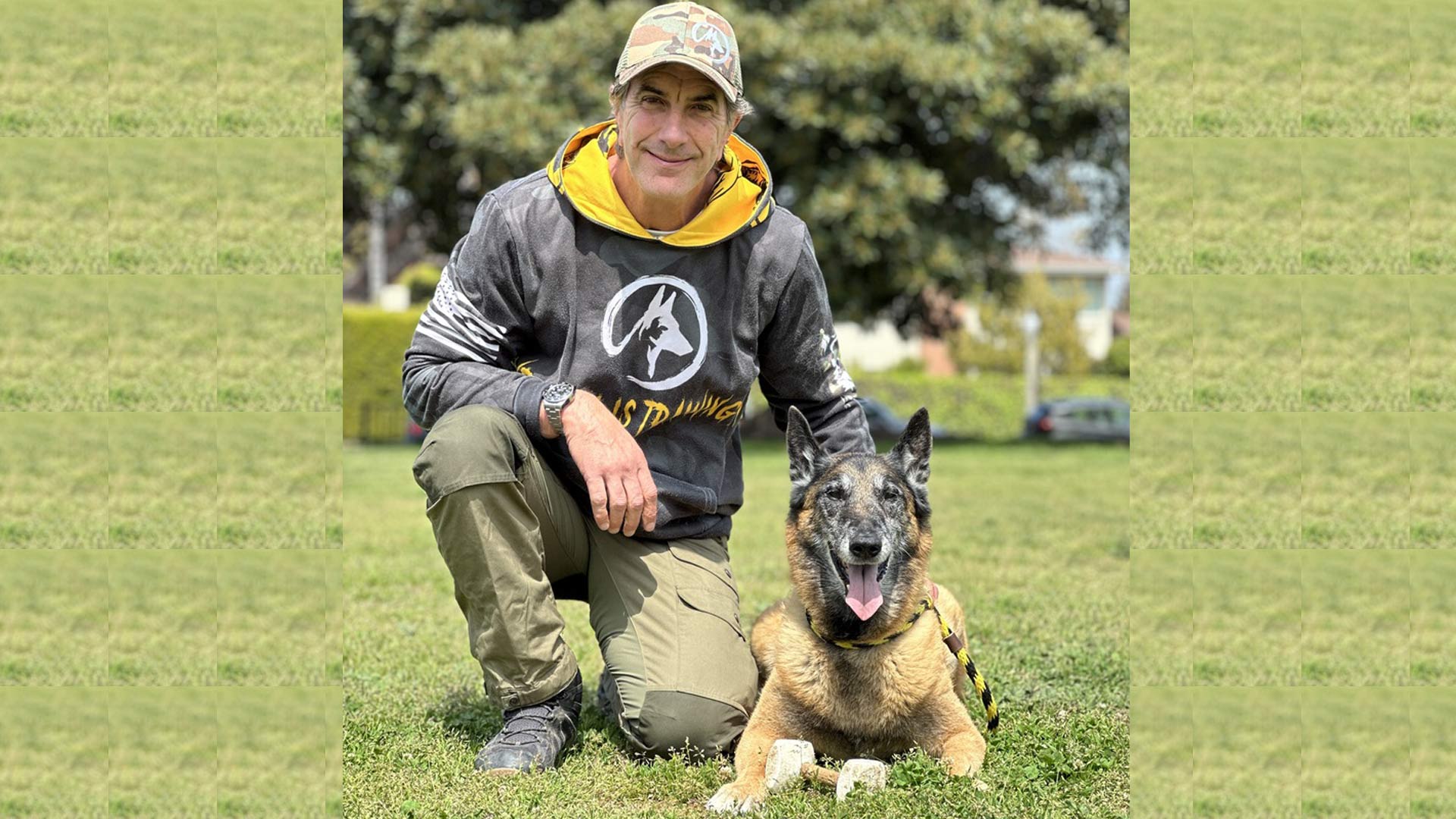Anthropomorphism
I wrote this article for the Bound Angels University training manual, but think this information is so important that I’d like to share it with everyone.
I think dogs suffer terribly at the hand of man and therefor I strive to help people better understand what it is that we can do to help them. Key among those things is realizing that a dog is a dog and not putting excess expectations upon him. This is a surefire set up for failure. This article addresses it to a certain degree. Please try to recognize the habit within yourself, it will be one of the best things you can do for your dog. When people say to me, “You wouldn’t do “that” to your child,” usually referring to a correction, it scares me. Not that the person saying it cares about the dog, but the fact that a person would compare a dog to a child. I say this from the point that it is very unfair to have these expectations of a dog; this sets the dog up for serious failure. I don’t have children and can tell you I love my dogs as if they were my children, but I know they are not human, I treat them fairly and with the utmost respect and love. That being said, I allow them to be dogs and love them as the dogs they are.
See: online dog training
*****
The term anthropomorphism was coined by the Greek philosopher Xenophanes when describing the similarity between religious believers and their gods — that is, Greek gods were depicted having light skin and blue eyes while African gods had dark skin and brown eyes.
ANTROPOMORPHIZE: intransitive verb:
To attribute human form or personality to things not human.
The term has been more recently used to describe the humanization of dogs. The term needs clarification because undoubtedly people on both sides of the issue can use it incorrectly. For example, we know dogs have feelings – just like people do, they have personalities just like people do, but putting our feelings and emotions onto them sets them up for failure. For example: “My dog gets mad at me when I leave.”
Many people are at fault for anthropomorphizing their dogs and dogs in general, particularly if a dog is in duress, at a shelter, older, sick or at risk. This is not to say that dogs don’t have feelings or emotions, they do! However a dog’s feelings or emotions are not the same as ours, and trying to make it so puts a dog in a position to fail. Furthermore, a dog’s actions or mannerisms can often be misread by comparing them to human actions. A dog might act in a way that appears to be positive in human-form and it might be negative in dog-form and vis-a-vis. It’s best to judge a dog as a dog should be judged and not burden them with what we “think looks like something else.”
Saying that a dog is sad because he sees people walking by his kennel and because his eyes look sad is anthropomorphizing the dog. The dog might be sad, he might be resting or he might just be tired. Since we don’t know the dog, putting our emotions or personality onto him is not beneficial for the dog. Furthermore, coddling a dog that we think is afraid or baby talking him (because that is what we would do to a human baby) sets him up for failure. Although discussed elsewhere, it’s simple enough to say that dogs who are coddled when acting removed or in distress will not benefit from this action. Dogs learn and communicate as dogs do, not as humans do. If we wish to help dogs learn and grow, we must teach them in a way that they understand.
Anthropomorphizing the dog is giving him human personality or traits; things he is not familiar with and is unable to deal with. Telling your dog that “It’s OK, don’t worry, be good, don’t do that, etc.” does not give a dog the tools to deal with the stressful situation he might be facing. However, teaching the dog through reward and correction that certain behaviors are positive and others are negative will set him up for success. Remove the veil of anthropomorphism and help the dog learn, then you can learn from his behaviors without putting false characteristics onto the dog.
As an example, dogs don’t shake hands to greet people; dogs don’t pray before meals, dogs don’t bow to greet us. We teach them these things in an attempt to humanize or anthropomorphize them. Dogs greet by sniffing. How ridiculous would it be if we would start sniffing dogs in order to make our interactions with them more balanced? Yet this is a key example of anthropomorphizing a dog. If we teach a dog to shake hands and he shakes our hand that does not mean, “Look, he’s shaking my hand to say hello.” He’s giving you his paw because the cue of you kneeling in front of him or putting your hand out is what he learned to put his paw in your hand.
Separating our preconceived ideas that dogs need to be more like humans in order to be accepted is unfair. We need to accept that dogs are dogs and we need to bridge the gap of communication through understanding not assumptions.






